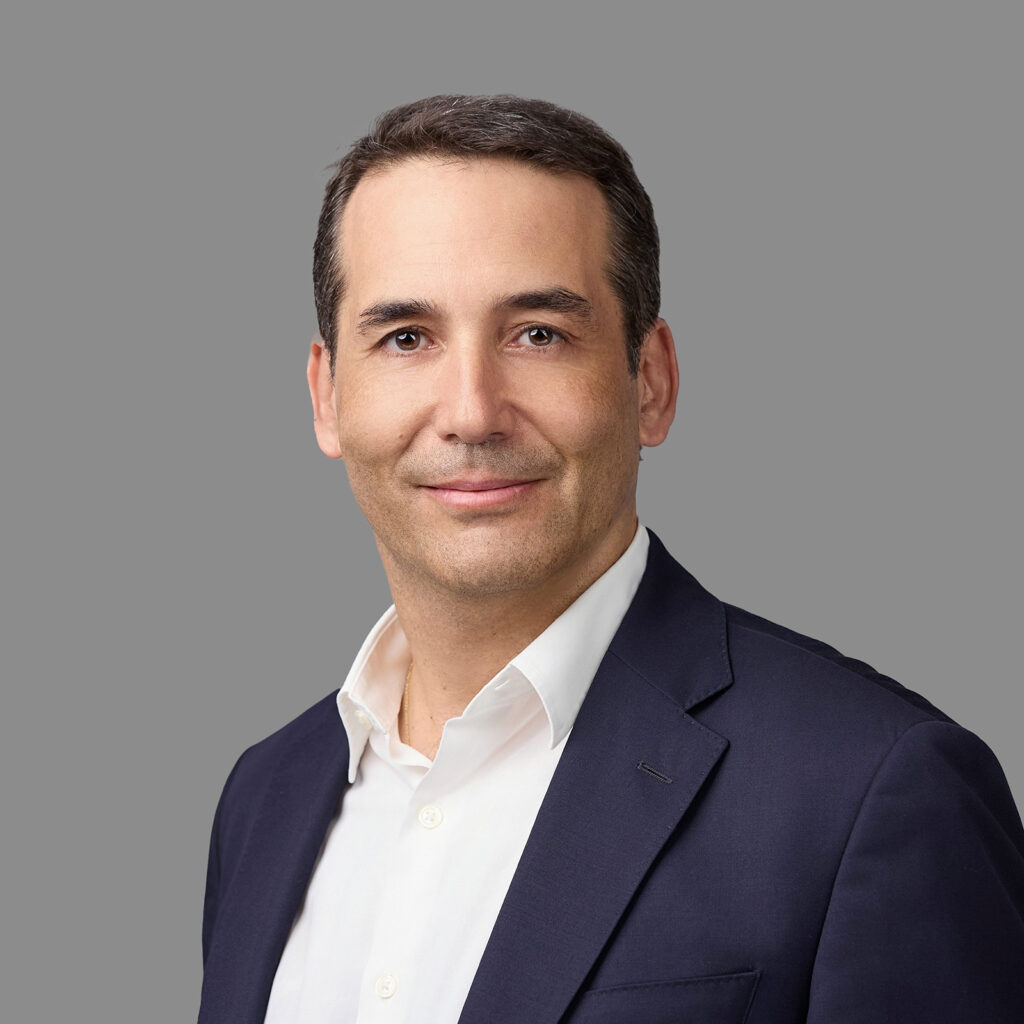Strategies
Distinct Strategies, Diversified Platform
Active Private Equity Investors
Diversified Platform of Mining-Specific Strategies
Our investment management teams are organized around distinct investment strategies aimed at providing capital throughout the development, capital structure, and risk/reward spectrum.

Private equity for the energy transition
RCF Private Equity
The RCF Private Equity strategy seeks to achieve significant returns from investments in the mining industry. It is founded on the belief that the world is undergoing a paradigm shift in the demand for metals and minerals. The RCF Private Equity strategy seeks a leading role in advancing projects to cash flow through a focus on late-stage assets in strong mining jurisdictions.
Martin Valdes
Partner, Head of Private Equity


Capturing opportunities across the mining sector
RCF Opportunities
The RCF Opportunities strategy rests on the belief that meeting the planet’s surging demand for metals, driven by technological innovation, changing demographics, and global electrification and decarbonization objectives, relies on new discoveries and project advancement. To offset the natural risks of early-stage exploration, the RCF Opportunities Strategy pursues a diversified and relatively unconstrained approach that seeks to lower volatility, flatten the j-curve, and generate realizations during and after the investment period.
Russ Cranswick
Partner, Head of Opportunities


Aiming to make mining safer, better, and more efficient
RCF Innovation
The RCF Innovation Strategy is a growth private equity investor focused exclusively on the mining innovation sector. The energy transition, ESG requirements, and the declining quality and remoteness of mineral reserves are forcing the mining industry to transform itself. The RCF Innovation Strategy seeks to establish equity positions with significant control and influence to enable successful scale up and position innovative firms for high-value exits. Innovation is vital to mining and we believe this niche sector has a large and fast-growing revenue potential. The Strategy generally invests in a balanced portfolio of 10-15 growth equity deals across APAC, North America, and Europe.
Andrew Jessett
Head of Innovation










